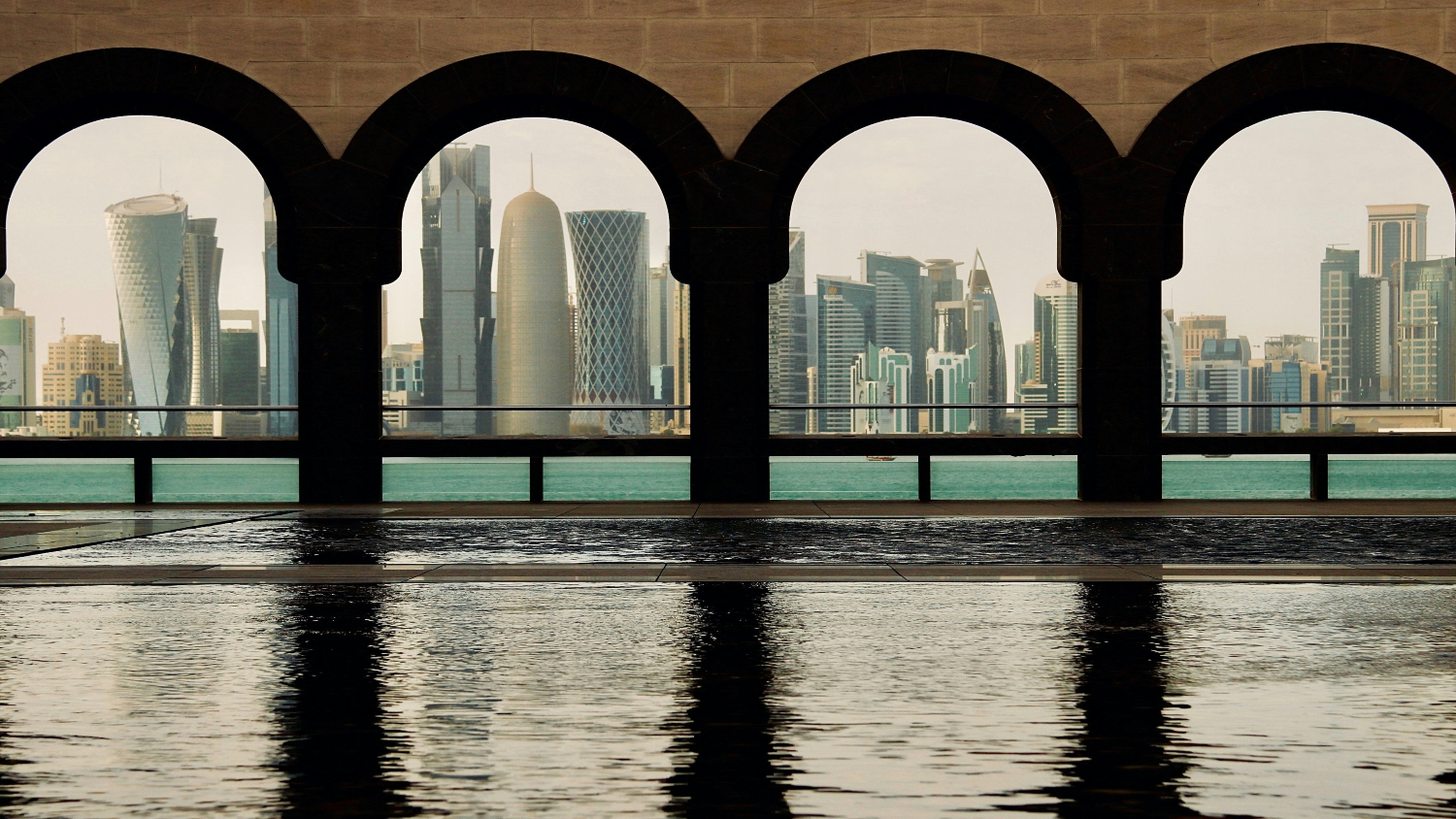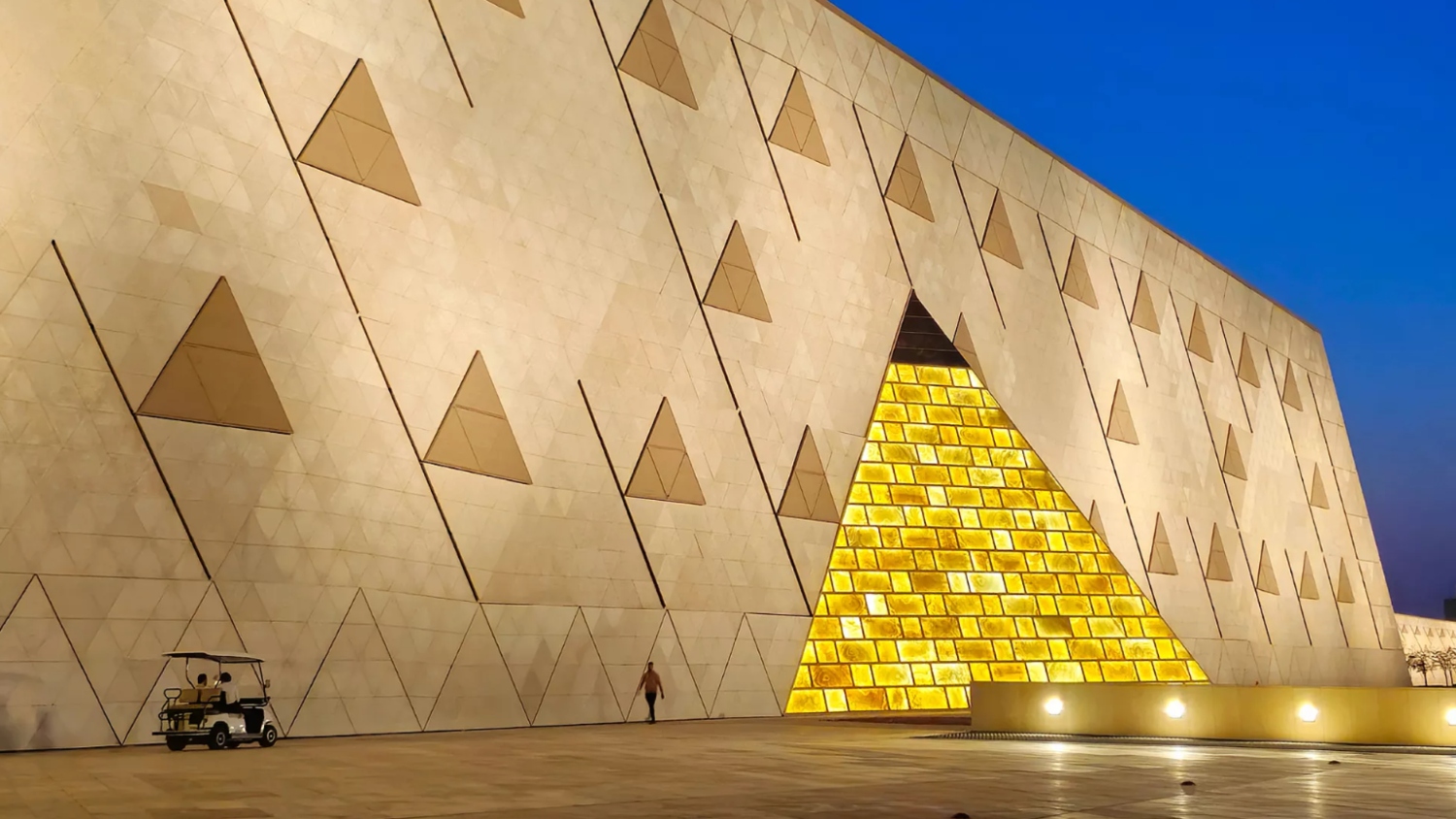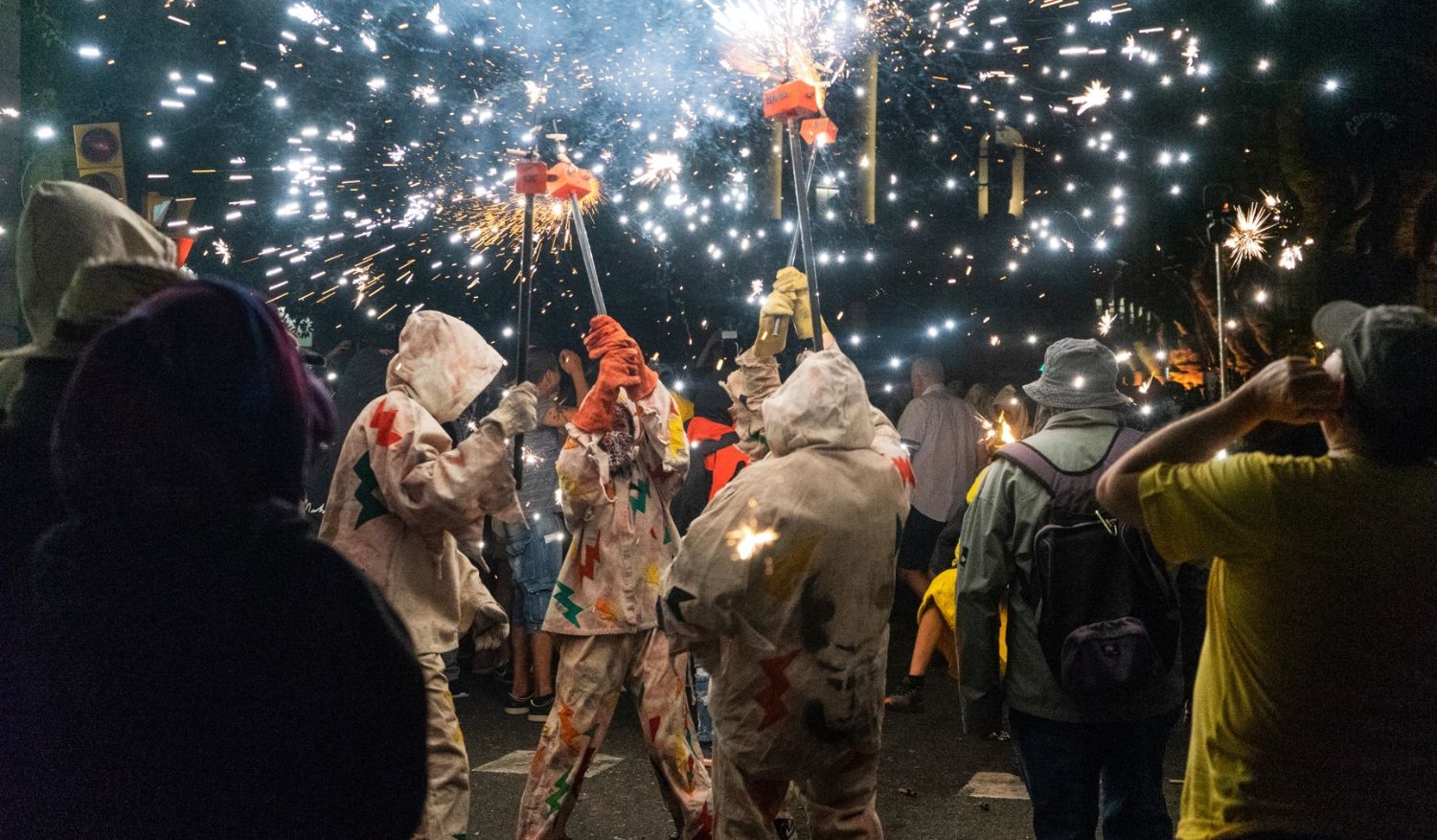In recent decades, Qatar has emerged not only as an economic powerhouse but also as a cultural beacon, offering a diversity of architectural marvels that are often overlooked by travellers who never venture beyond its world-class airport. The country’s skyline is dotted with stunning landmarks, each a reflection of its rich heritage and ambitious future. For those willing to explore, these 10 iconic structures encapsulate the essence of Qatar’s architectural brilliance, inviting you to experience the vision defining this modern oasis.
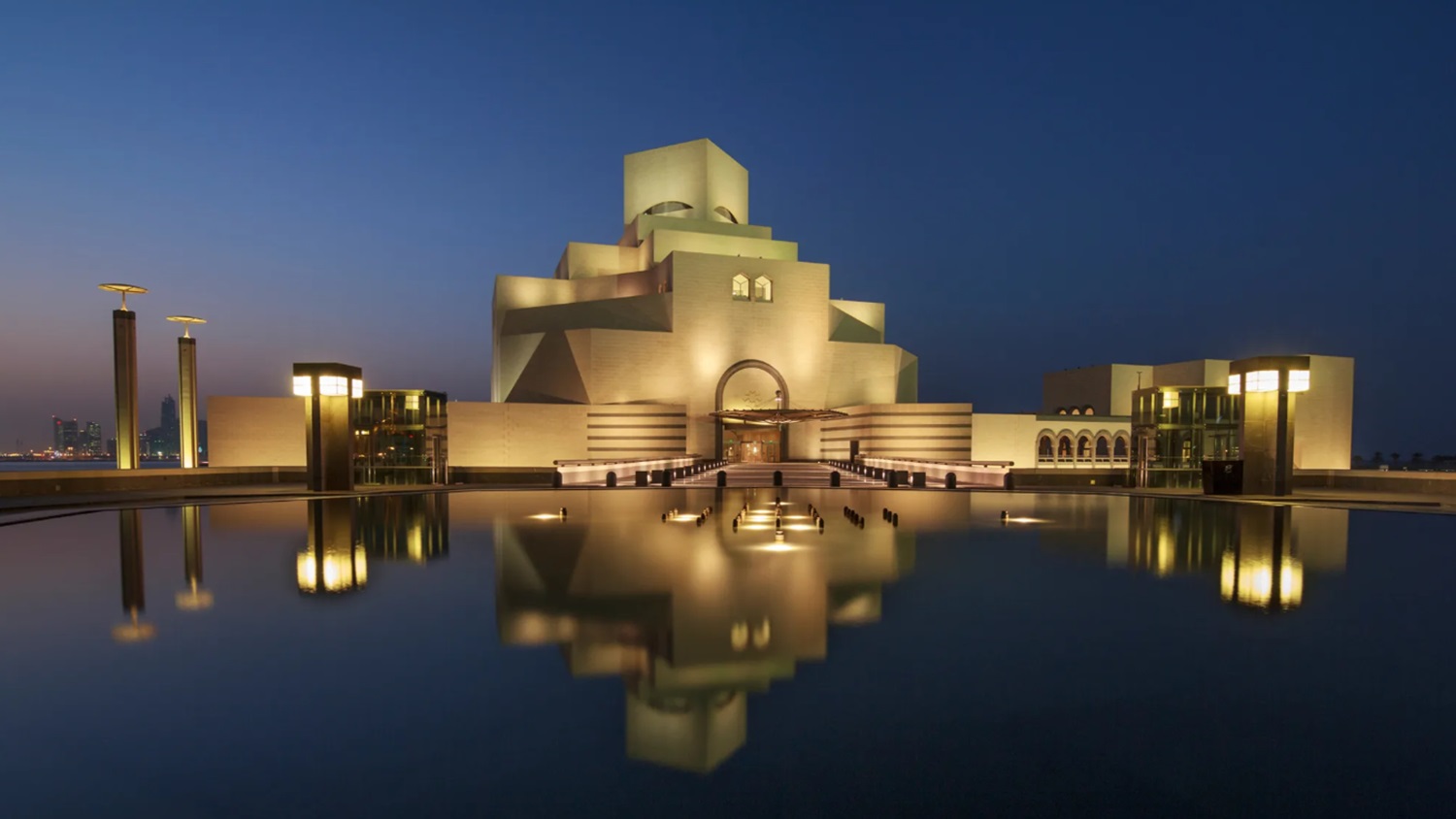
Museum of Islamic Art
Perched on its own island at the edge of Doha’s Corniche, the Museum of Islamic Art stands as a symbol of cultural preservation and innovation. The museum, designed by renowned architect I.M. Pei, showcases clean lines and geometric shapes that evoke the timeless elegance of Islamic art, while the building itself represents a harmonious amalgamation of modern design and ancient influences. Its limestone exterior, set against the turquoise waters of the Arabian Gulf, creates a visually arresting silhouette that is both minimalistic and monumental.
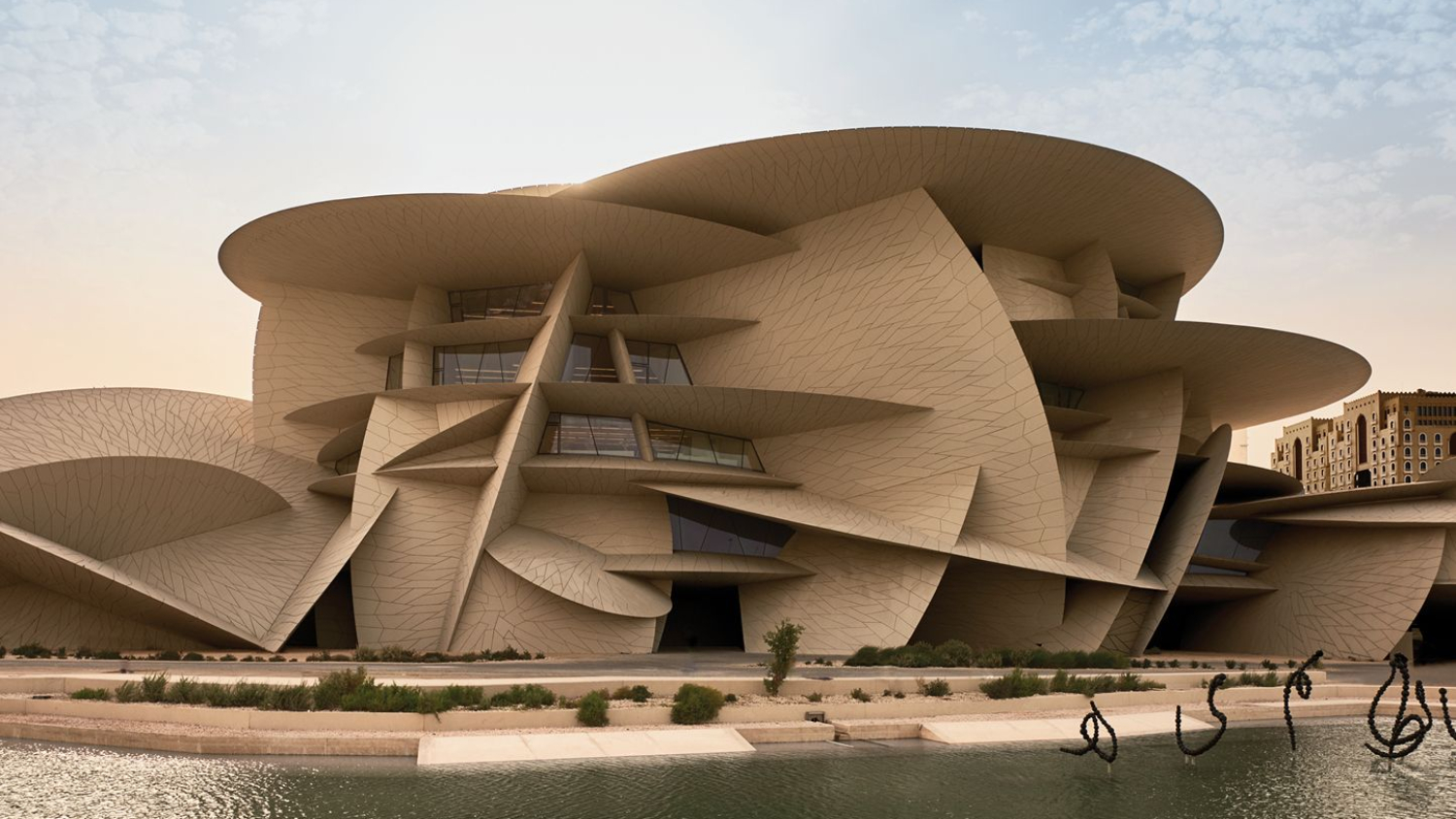
National Museum of Qatar
A masterpiece by Jean Nouvel, the National Museum of Qatar is an architectural feat inspired by the desert rose. This sprawling structure seems to bloom from the desert floor, with its interlocking disks mimicking the natural crystal formations found in Qatar’s arid landscape. The museum not only tells the story of Qatar’s history and culture but also serves as a bold statement of its aspirations for the future. It is truly a modern wonder that tells a powerful story.
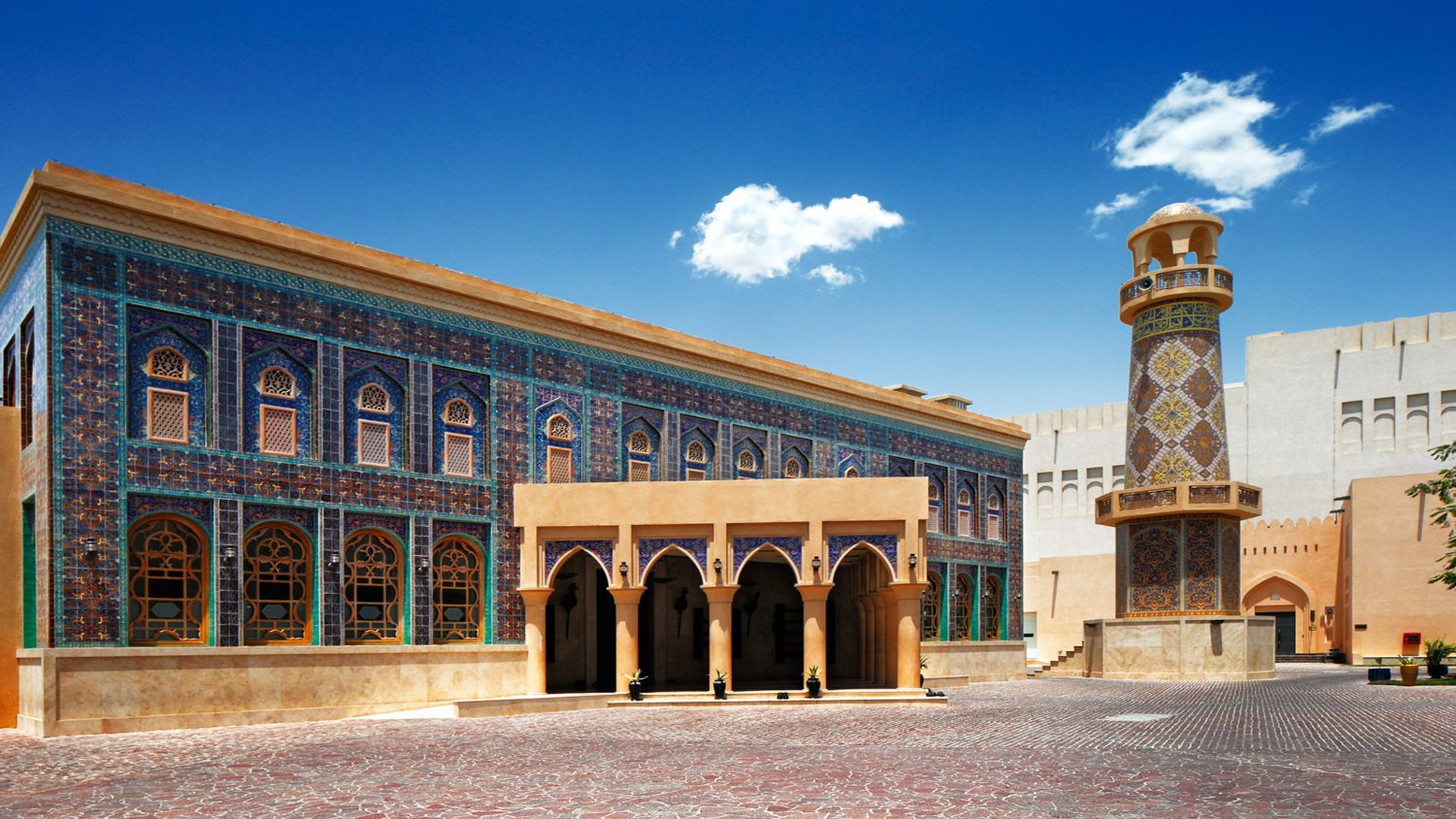
Katara Cultural Village
An expansive complex dedicated to preserving and promoting Qatari culture, Katara Cultural Village is an architectural gem nestled along the coast of Doha. Its labyrinth of traditional-style buildings, galleries, theatres, and public spaces is a tribute to the region’s heritage. The stunning Katara Amphitheatre, in particular, is a classic Greek-inspired venue that echoes with history and grandeur, while the vibrant Katara Mosque, adorned with Persian and Turkish tilework, is a breathtaking take of intricate design.
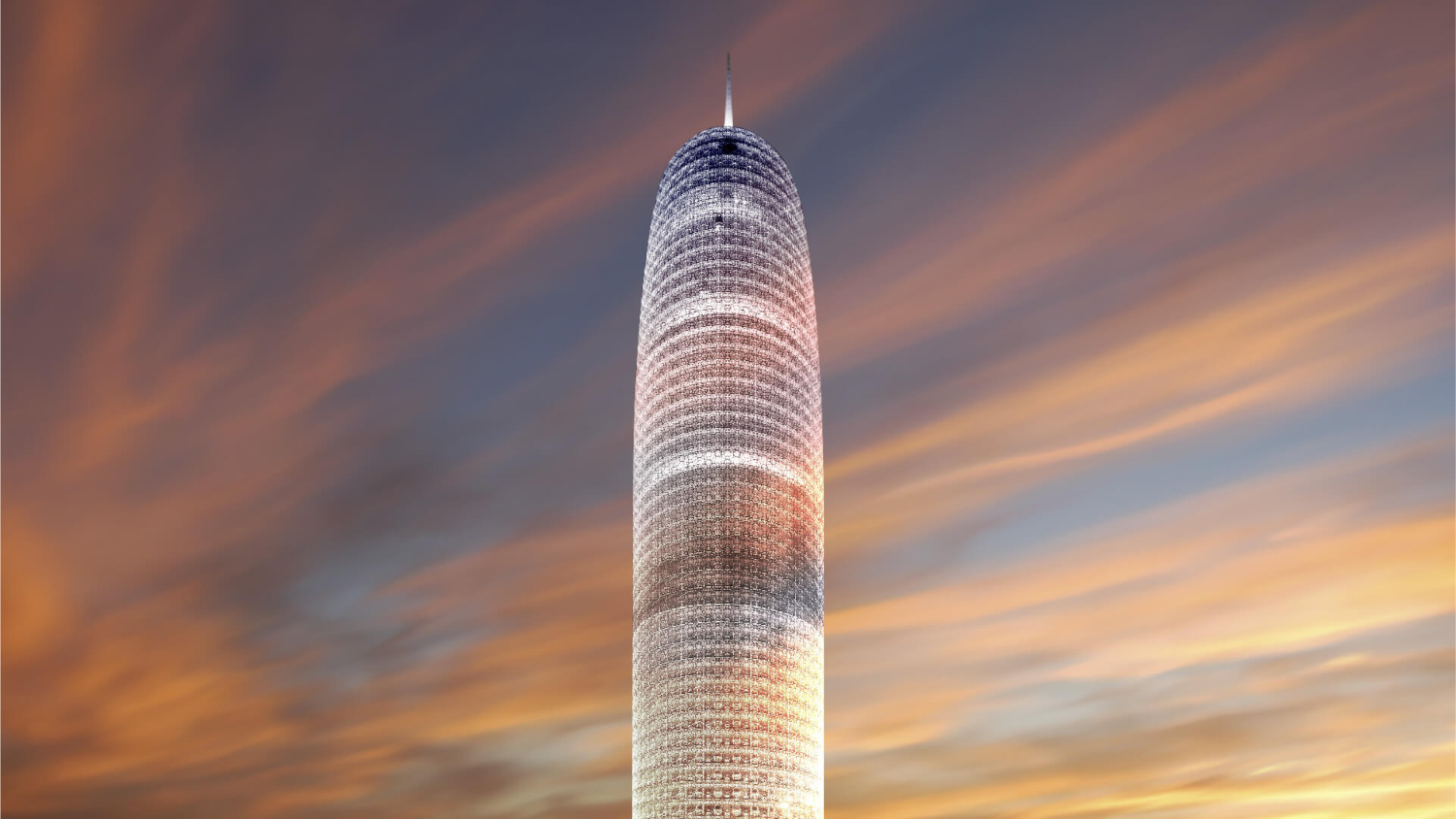
Doha Tower
Doha Tower, also known as Burj Doha, is a striking example of how modern architecture can pay homage to heritage. Also designed by French architect Jean Nouvel, the Doha Tower rises dramatically over the city’s skyline and features a cylindrical shape as well as complex latticework façade, reminiscent of Islamic mashrabiya (lattice-like patterns that make up a large area). This creates a unique play of light and shadow throughout the day and at night, the building transforms into a glowing emblem.
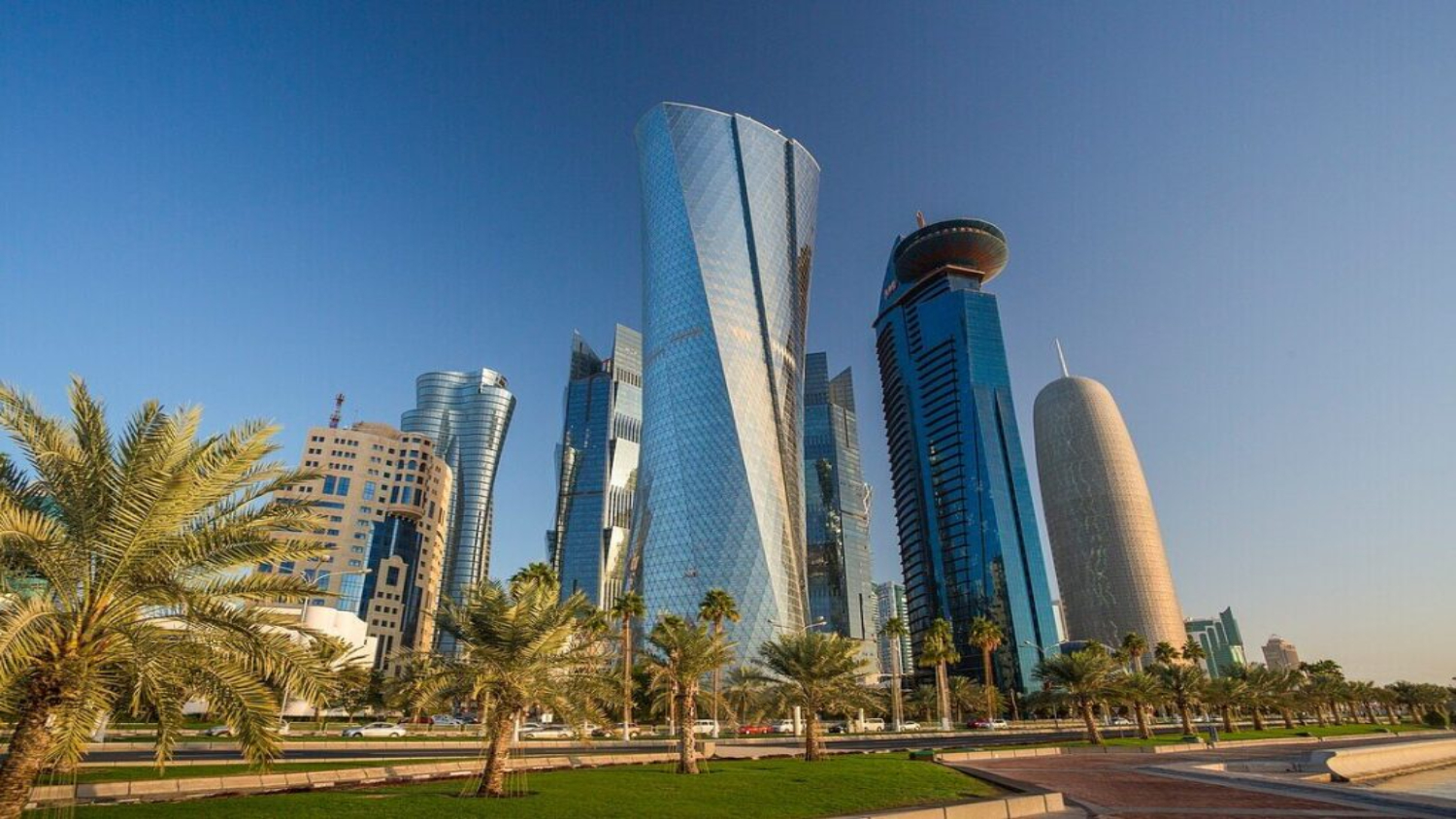
Al Bidda Tower
Aptly known as the Tornado Tower, Al Bidda is a curvaceous icon in the heart of Doha’s West Bay. Its undulating form is said to represent the sails of traditional Qatari dhows (traditional sailing ships), a nod to the country’s maritime history. The tower’s fluid lines and reflective glass façade give it a dynamic, ever-changing appearance as the sun moves across the sky, making it one of the most photographed buildings in all of Doha.
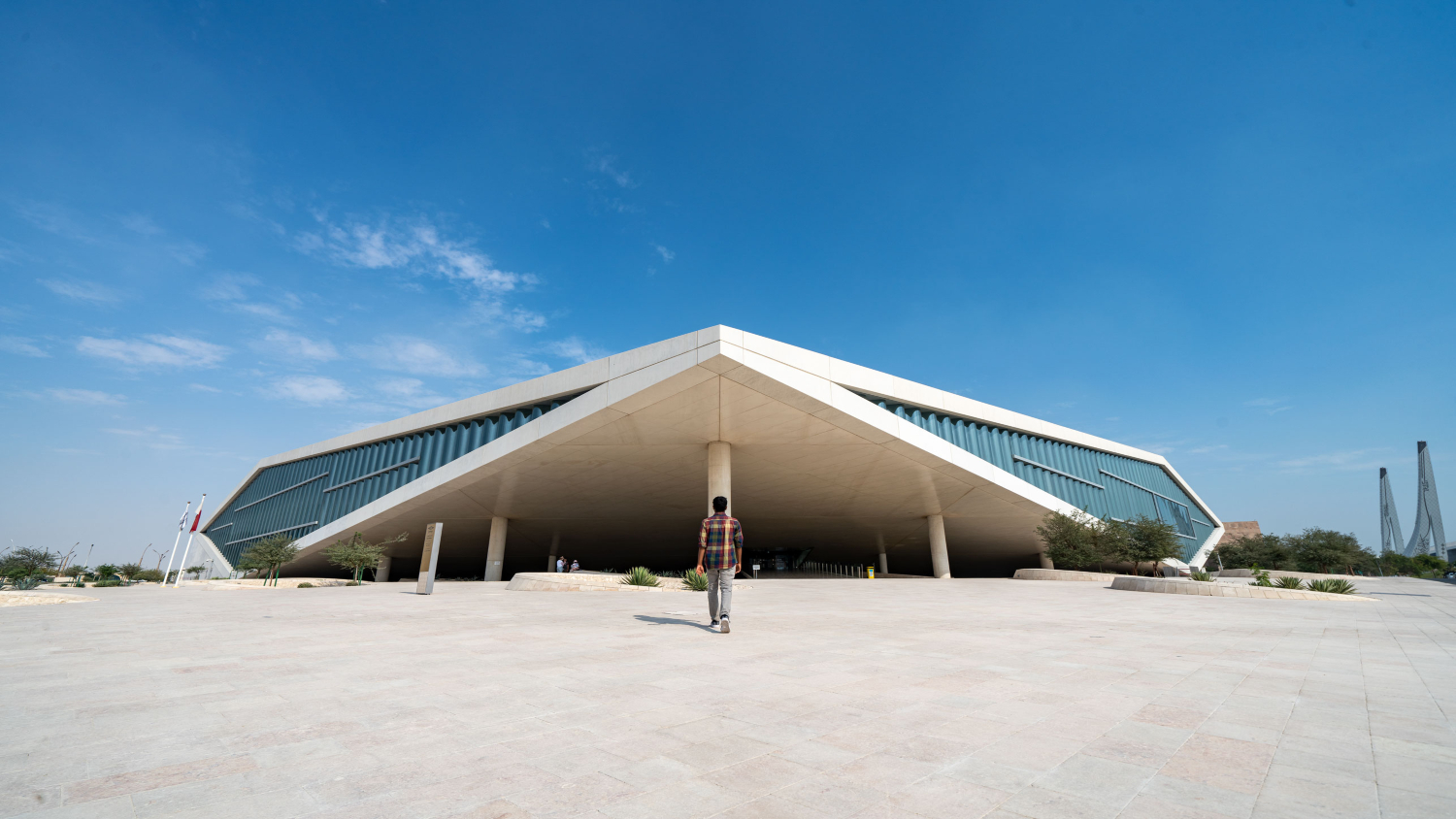
Qatar National Library
Designed by legendary Dutch architect Rem Koolhaas who is behind some of the world’s most prominent buildings, the Qatar National Library is both a functional space and an architectural dream. The building’s futuristic design features a vast, open-plan interior where knowledge flows seamlessly from one space to the next. Its sleek, angular structure and expansive glass walls invite natural light to flood the interior, creating an inspiring atmosphere for study and contemplation.
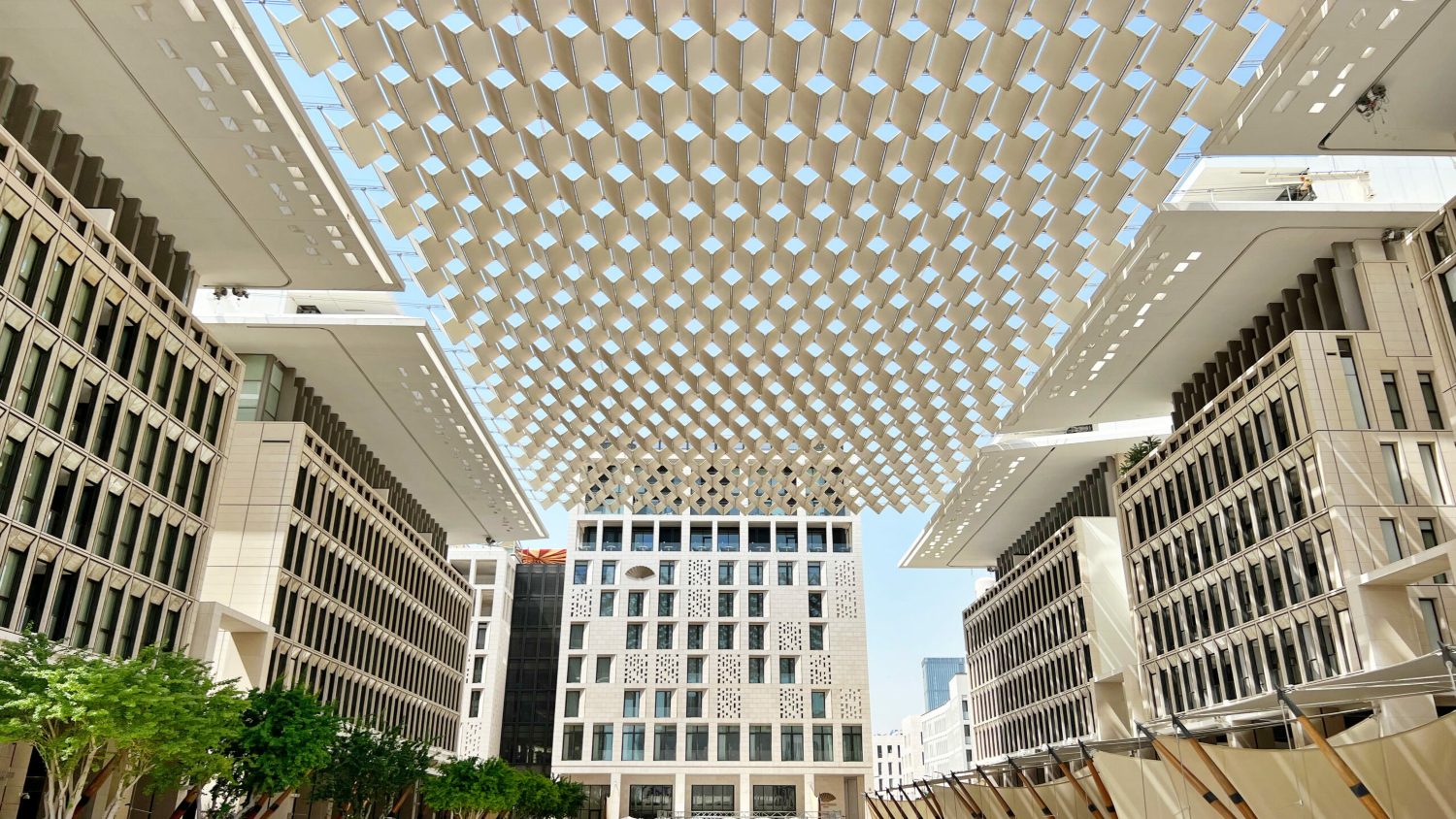
Msheireb Downtown Doha
Msheireb Downtown is a groundbreaking urban development that redefines the idea of sustainable architecture in the region. This district seamlessly integrates modern design principles with time-honoured Qatari architecture, creating a vibrant, eco-friendly community. Known as the new core of Doha, its commitment to green technology, smart design, and the preservation of cultural identity makes Msheireb a model for future cities across the globe.

Education City Mosque
Set within the heart of Education City, the mosque is a serene design marvel that hovers above the surrounding landscape on five towering columns, each representing one of the pillars of Islam. The structure’s minimalist design contrasts beautifully with the intricate patterns of Islamic calligraphy etched into its walls. As both a spiritual and architectural landmark, the Education City Mosque is a space where form meets faith in perfect harmony.

The Torch Doha
Occasionally called the Aspire Tower, The Torch is an iconic symbol of Qatar’s sporting ambitions. The futuristic tower stands at 300 metres tall, and was originally built for the 2006 Asian Games prior to now serving as a luxury hotel. Its slender form and glowing LED exterior make it a standout feature of the Doha skyline, particularly at night when the building illuminates the sky with a dazzling array of colours. The Torch represents Qatar’s rise as a global hub for sports and leisure.
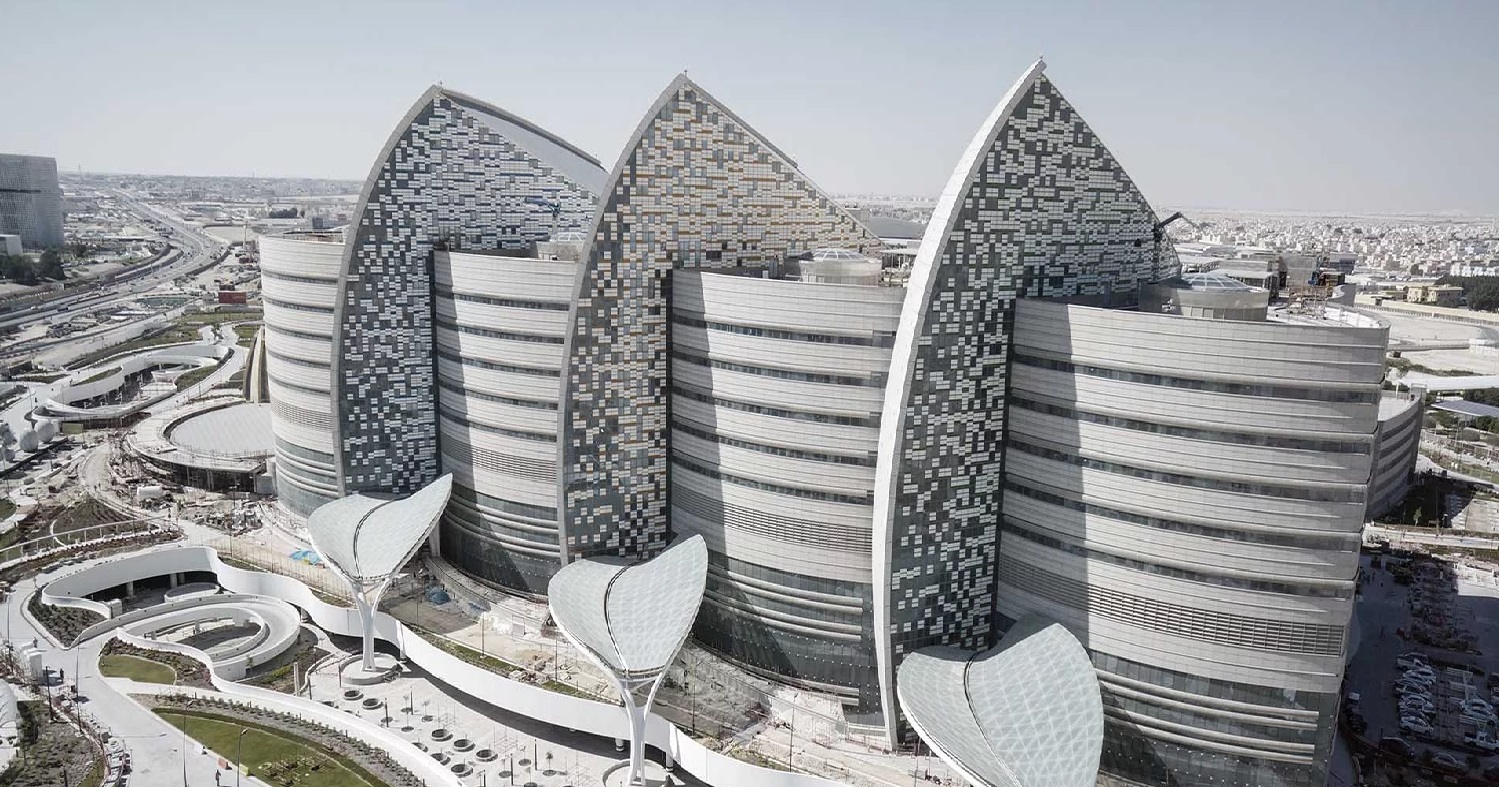
Sidra Medicine
A world-class hospital and research center, Sidra Medicine is as much a work of art as it is a medical facility. Designed by Pritzker Prize-winning architect César Pelli, the building’s curvilinear form is both sleek and functional, symbolising the fluidity and precision of modern medicine. The use of glass and natural light throughout the structure creates a calming, healing environment, while its advanced facilities and cutting-edge technology underscore Qatar’s commitment to excellence in healthcare.
Featured image: Hongbin via Unsplash


